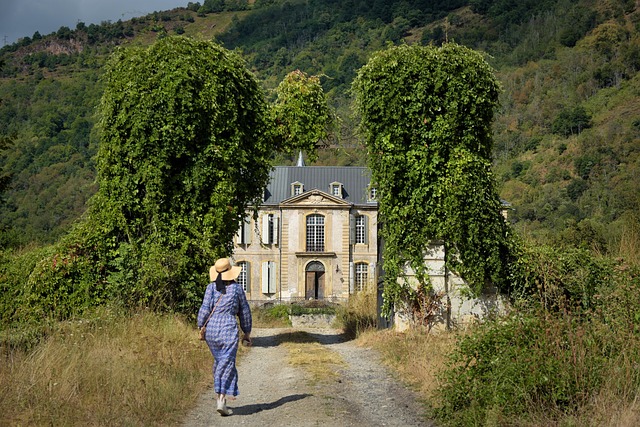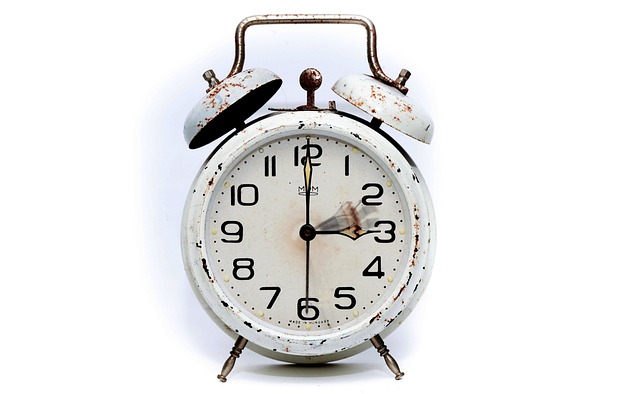Reviving Beauty: Exploring the Art of Restoration in Sculpture Design
When we think of restoration, especially in the realm of sculpture, what often comes to mind is the meticulous process of bringing life back to timeworn pieces that have endured the ravages of time. Sculpture, with its rich history and emotional resonance, acts as a testament to human creativity, and the art of restoration ensures that these artifacts continue to inspire and narrate their stories.
At the heart of sculpture design lies a symbiotic relationship between the artist’s vision and the physical material utilized. Each chip, crack, and imperfection tells a story—one of its creation, deterioration, and the journey it has undergone. Restoration transcends mere repair; it encapsulates a reverence for the original artist’s intent while delicately intertwining contemporary techniques to breathe new life into these magnificent works.
The Emotional Connection
Sculptures often evoke strong emotional responses, serving as cultural touchstones that resonate with viewers on multiple levels. Whether it’s the stoic gaze of a marble statue or the dynamic contours of an abstract piece, each sculpture invites viewers into a dialogue with the past. Restoration, in this context, becomes a compassionate act—a way to honor the emotional connections that generations have formed with these artworks.
Imagine standing before a once-vibrant sculpture, now faded and fractured. A skilled restorer approaches, not to alter the essence of the piece, but to rejuvenate its beauty. Using techniques honed over decades, they add layers of understanding to the artwork, revealing its original splendor while respecting its history. This process creates a bridge between past and present, inviting modern audiences to engage with the underlying narratives embedded in the sculpture.
Techniques of Restoration
The journey of restoration often begins with careful assessment. Each sculpture has its unique challenges—composed of various materials from stone and metal to wood and clay. These elements each require distinct approaches, ranging from the use of traditional methods like wax or resins to advanced techniques such as 3D printing and digital modeling.
One fascinating aspect of restoration is the ethical decision-making involved. Restorers must contemplate how much of the original piece can be preserved vs. how much intervention is acceptable. This delicate balance ensures that while the beauty of the sculpture is revived, its integrity remains intact. Art restoration is thus a perfect synthesis of art, design, and ethical responsibility.
Innovative Trends in Restoration
As we delve deeper into the 21st century, the realm of restoration has been transformed by technology. Digital tools offer unprecedented ways to visualize the potential modifications of sculptures before undertaking physical changes. Furthermore, augmented reality can enhance the viewer’s experience, allowing audiences to see the “before” alongside the “after,” creating a profound understanding of the restoration process.
Artists and restorers are also collaborating more than ever. This cross-disciplinary approach brings fresh insights into the restoration process, leading to innovative solutions that preserve historical significance while embracing modern aesthetics. The fusion of traditional craftsmanship with contemporary design principles enriches our understanding of sculpture as a continuously evolving art form.
Ultimately, the art of restoration serves not only to revitalize but also to engage, educate, and inspire future generations. Each restored piece is an invitation to look deeper—not just at the physical form but at the intricate web of narratives that connect humanity through time. In this constantly shifting dialogue between past and present, the role of restoration is undeniably pivotal.
As we celebrate the artistry in restoration, let us remain conscious of the power of sculpture to convey emotions, to tell stories, and to connect us, once again, to our shared human experience.




